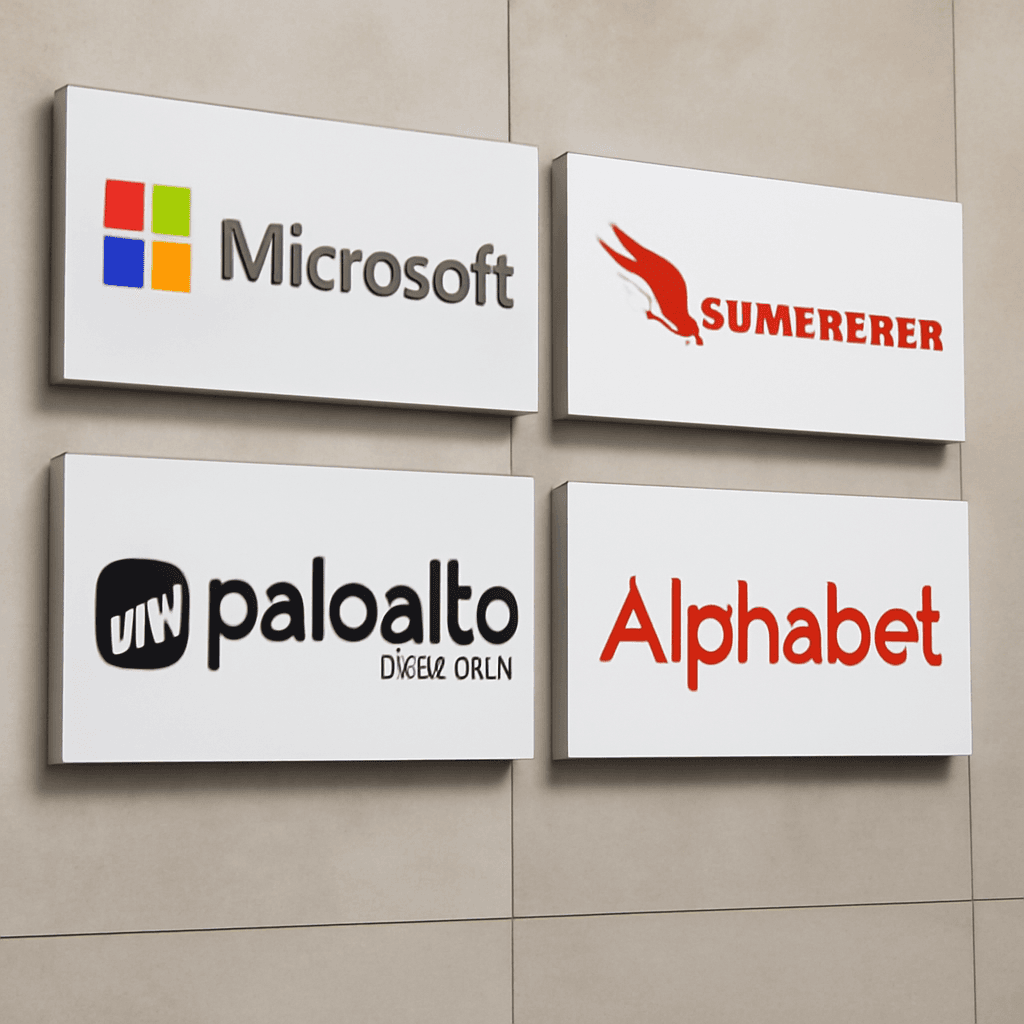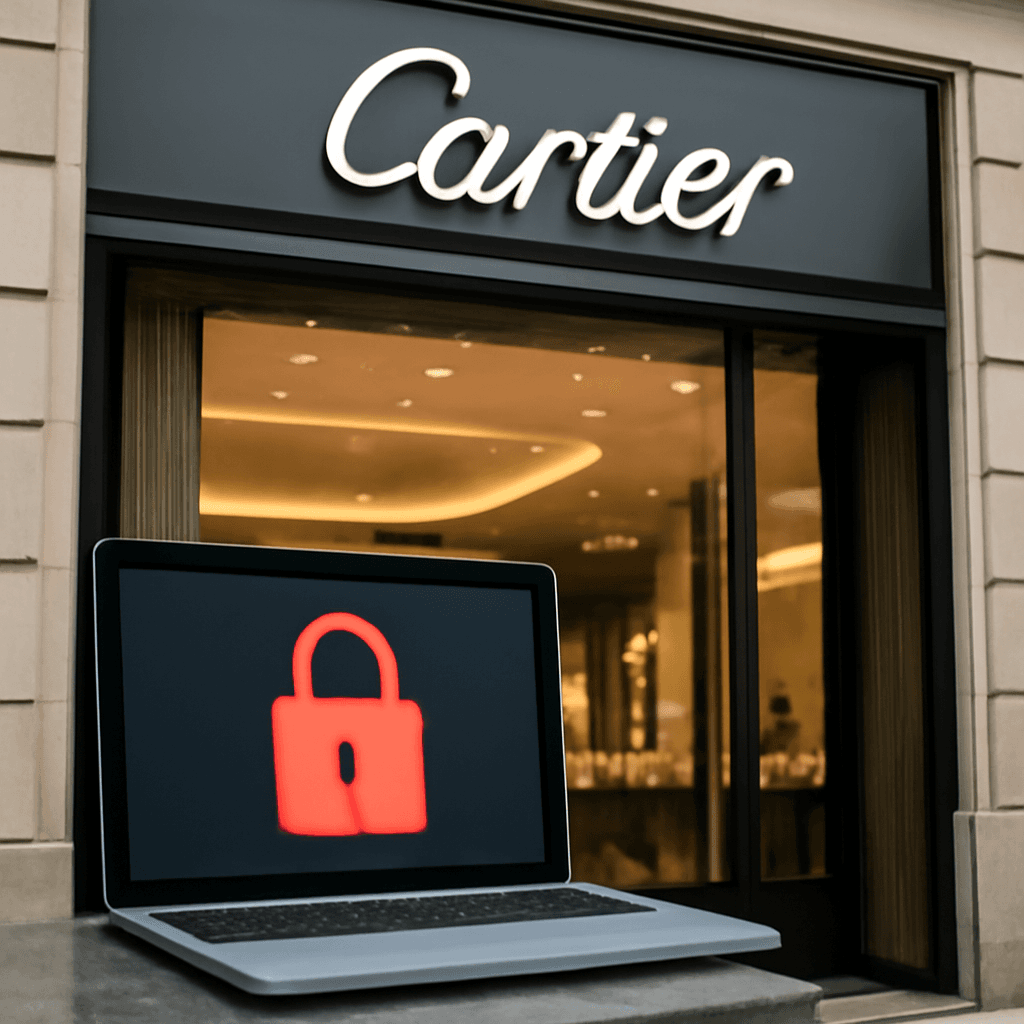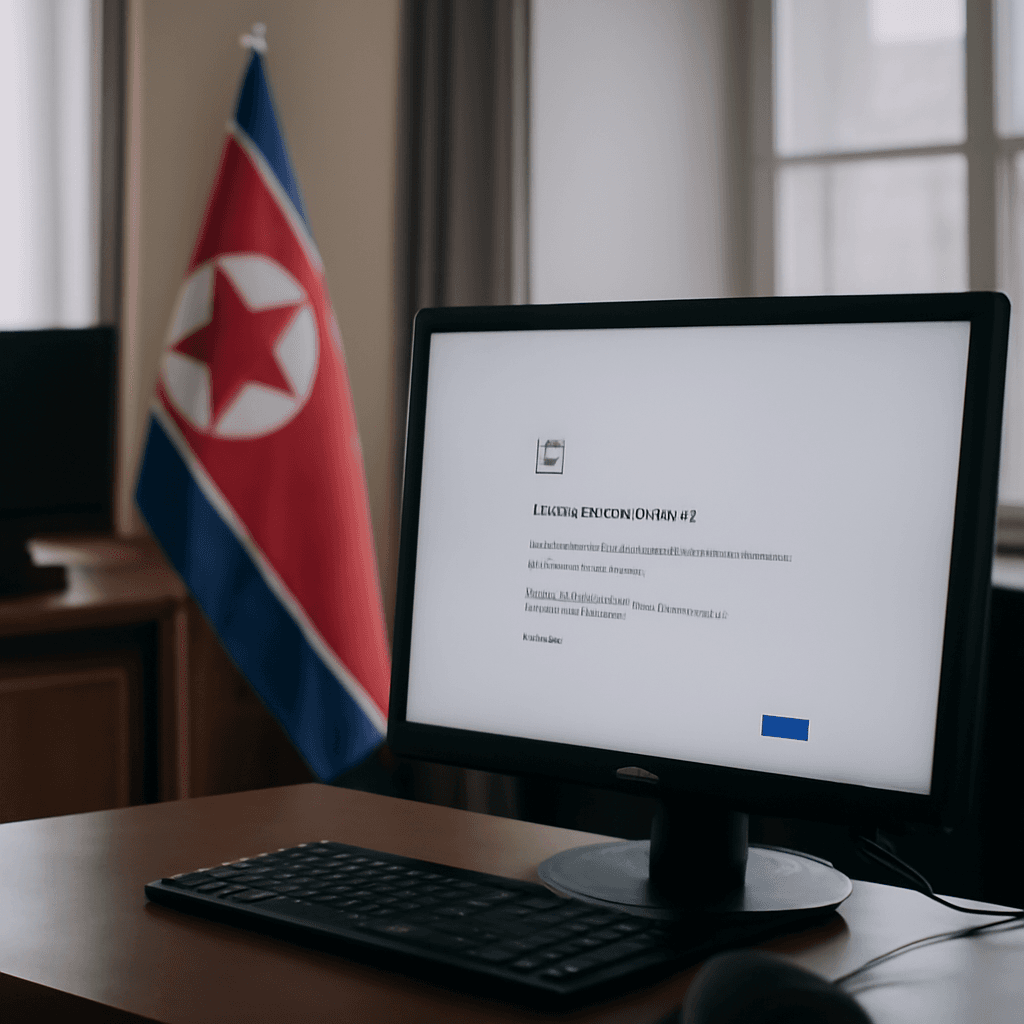Introduction to Hacker Group Nicknaming
In the complex arena of cybersecurity, attributing cyberattacks to specific groups or nations remains a significant challenge. To address this, cybersecurity firms have long used coded nicknames to identify and track hacking groups. However, these names often vary widely, causing confusion among experts and responders.
Industry Collaboration to Create a Public Glossary
Leading technology companies including Microsoft, CrowdStrike, Palo Alto Networks, and Google's parent company Alphabet announced an initiative to develop a public glossary of state-sponsored hacking groups and cybercriminal entities. This effort seeks to harmonize the disparate naming conventions used across the cybersecurity industry.
The collaboration aims to simplify identification, enhance communication, and accelerate collective defense strategies against cyber threats. Microsoft’s corporate vice president for security, Vasu Jakkal, highlighted the potential for this glossary to improve global cyber incident responses.
Diversity of Hacker Group Nicknames
Cybersecurity firms have historically assigned various nicknames based on their research methodologies and creativity. Examples include:
- Functional names: such as “APT1” (Advanced Persistent Threat 1) or “TA453”
- Evocative names: CrowdStrike’s famous monikers like “Cozy Bear” for Russian hackers and “Kryptonite Panda” for Chinese groups
- Colorful and thematic nicknames: Microsoft’s recent shift from elemental names like “Rubidium” to weather-themed ones such as “Lemon Sandstorm” and “Sangria Tempest”
While these monikers add character, the proliferation has caused overlapping and confusion. For instance, a 2016 U.S. government report on election-related cyberattacks listed 48 different nicknames for Russian hacking groups and malware, complicating threat tracking.
Expert Perspectives on the Initiative
Michael Sikorski, CTO of Palo Alto Networks’ threat intelligence, described the glossary effort as a “game-changer” that addresses confusion from inconsistent naming during critical defense moments.
However, some industry experts remain cautious. Juan-Andres Guerrero-Saade from SentinelOne pointed out that without increased transparency and information sharing among companies, the project risks becoming a superficial branding exercise rather than a practical solution.
Early Success and Future Prospects
Despite skepticism, there are early signs of success. For example, CrowdStrike credits the glossary for allowing analysts to recognize that Microsoft’s “Salt Typhoon” and CrowdStrike’s “Operator Panda” refer to the same hacking group, enabling better collaboration and response.
The companies also hope to involve other industry partners and government agencies, strengthening attribution accuracy and collective defense against cyber espionage and criminal operations worldwide.
Conclusion
This initiative represents a significant step toward streamlining cybersecurity communications. By unifying the widely varying hacker group nicknames, the industry aims to improve clarity, foster cooperation, and enhance global cybersecurity resilience.



















